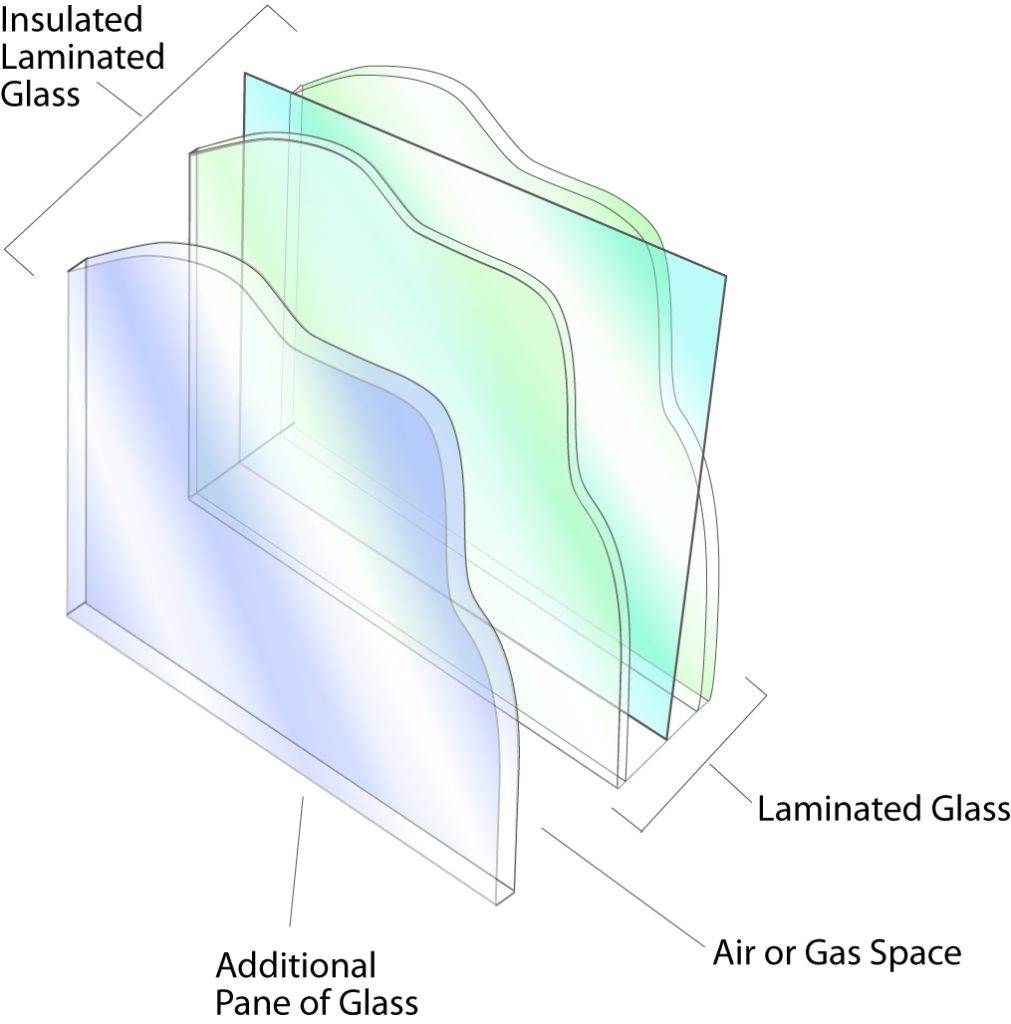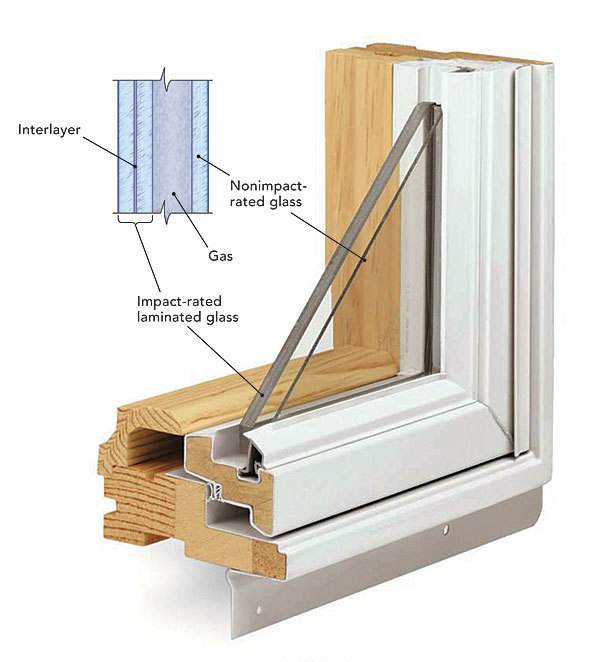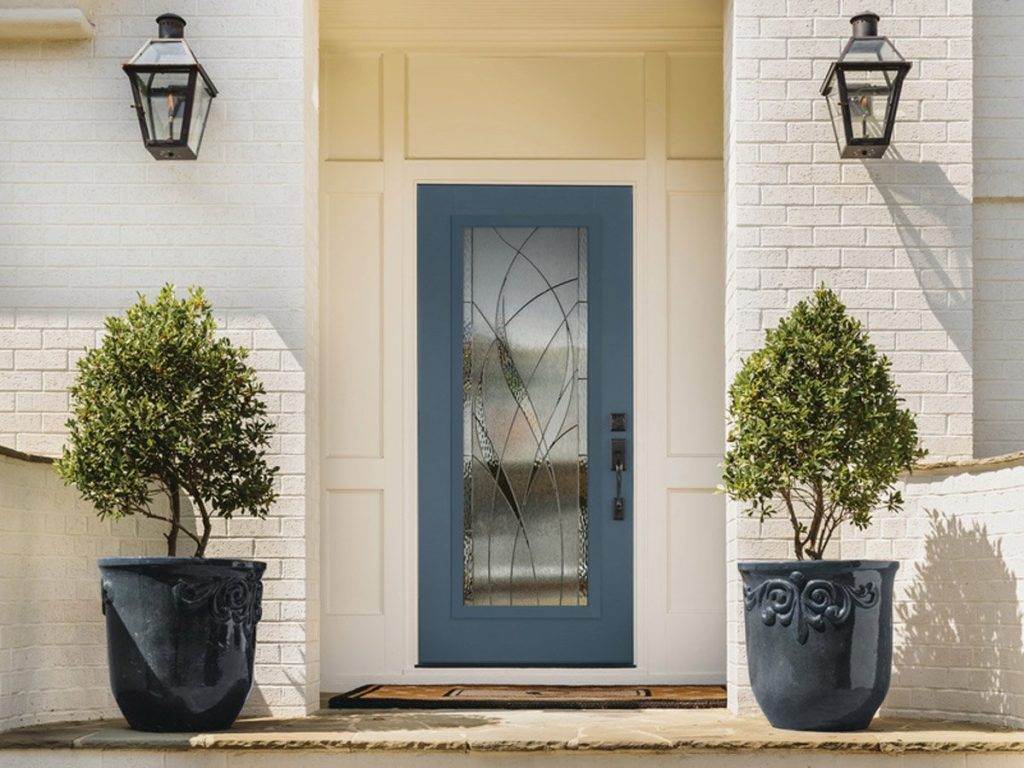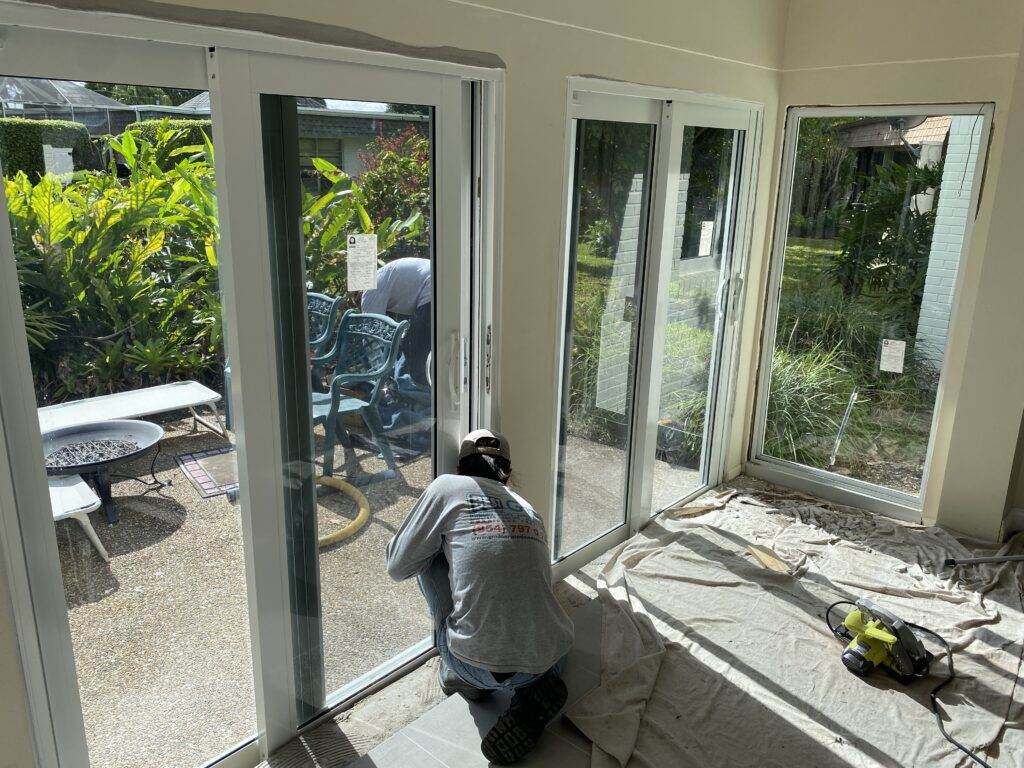When it comes to impact glass, a common question that arises is whether it is installed on the inside or the outside. Well, we were just as curious to find out the answer! In this article, we’ll delve into this topic and uncover the truth behind the placement of impact glass. You won’t want to miss it!
If you’re wondering whether impact glass should be installed on the inside or the outside, look no further. We have done all the research and are ready to share our findings with you. In this article, we will explore the pros and cons of each placement option and provide you with all the information you need to make an informed decision. So, stay tuned to learn more about the placement of impact glass and how it can enhance the safety and security of your home or business!

This image is property of info.alcoimpact.com.
Understanding Impact Glass
Impact glass is a specialized type of glass that is designed to withstand high-impact forces without shattering. It is commonly used in construction projects to provide enhanced safety, security, and protection against extreme weather conditions such as hurricanes.
What is impact glass?
Impact glass, also known as safety glass or hurricane glass, is made by sandwiching a layer of clear polyvinyl butyral (PVB) between two layers of glass. This interlayer helps to hold the glass together even when it is cracked or broken, preventing it from shattering into sharp shards.
How does impact glass differ from regular glass?
Regular glass, such as the one commonly found in windows and doors, does not have the same strength and durability as impact glass. When regular glass is subjected to a strong impact, it can easily break into sharp pieces, which can be dangerous and cause injuries. On the other hand, impact glass is built to withstand such forces and remains intact even when cracked or broken.
Why is impact glass used in construction?
Impact glass is used in construction for several reasons. Firstly, it provides increased safety and security for the occupants of a building. Its strong and shatter-resistant nature makes it difficult for intruders to break into a property. Additionally, impact glass is essential in areas prone to hurricanes and extreme weather conditions, as it can withstand strong winds and flying debris. It helps to protect the windows and doors of a building from damage and maintains the structural integrity of the property.
Installation of Impact Glass
Where is impact glass typically installed?
Impact glass can be installed in various areas of a building, including windows, doors, skylights, and even glass walls. These installations are most commonly found in coastal areas or regions prone to severe weather conditions. However, impact glass can also be used in non-coastal areas where increased security or noise reduction is desired.
Steps for installing impact glass
The installation process for impact glass can vary depending on the specific area and type of installation. However, the general steps include precise measurement and assessment of the opening, removal of the existing glass or frame, installation of the impact glass, and sealing the edges to ensure a secure fit. Professional installation is recommended to ensure the glass is properly fitted and meets industry standards.
Cost of impact glass installation
The cost of impact glass installation can vary depending on several factors, such as the size and type of installation, the accessibility of the area, and the location of the project. Generally, impact glass installation tends to be more expensive than regular glass due to its specialized nature and additional safety features. It is advisable to obtain multiple quotes from reputable suppliers and contractors to compare costs and ensure a fair price.
Impact Glass: Interior or Exterior?
Where is impact glass usually located – inside or outside?
Impact glass can be located either on the interior or exterior of a building, depending on the specific requirements and preferences of the homeowner or architect. It is not limited to one specific placement.
Factors affecting the placement of impact glass
The decision to install impact glass on the interior or exterior of a building is influenced by several factors. One key consideration is the desired visual aesthetic. Some homeowners prefer the sleek and seamless appearance of impact glass on the interior, as it allows unobstructed views and a modern look. Others may choose to install impact glass on the exterior to enhance the curb appeal of the property or to match the existing architectural style.
Another factor to consider is the climate and weather conditions. In areas with extreme temperatures or high humidity, it may be more practical to install impact glass on the exterior to provide an additional layer of protection against the elements. Additionally, the orientation of the building and the amount of direct sunlight can also influence the placement of impact glass.
Advantages of installing impact glass on the interior
While both interior and exterior installations offer the benefits of impact glass, installing it on the interior has certain advantages. One major advantage is enhanced safety and security. By placing impact glass on the interior, potential intruders are faced with an additional barrier that they have to break through, increasing the time and effort required for a break-in.
Noise reduction is another advantage of interior impact glass installation. The PVB interlayer in impact glass helps to dampen sound transmission, resulting in a quieter interior environment. This can be particularly beneficial for homeowners who live in noisy urban areas or near busy roads.
Lastly, impact glass on the interior provides protection against harmful UV rays. The interlayer filters out a significant portion of the sun’s ultraviolet radiation, which can fade and damage furniture, flooring, and artwork over time. This UV protection helps to preserve the interior furnishings and finishes of a building, ultimately saving homeowners the cost of replacing or repairing sun-damaged items.
Benefits of Impact Glass on the Interior
Enhanced safety and security
As mentioned earlier, impact glass on the interior provides an additional layer of protection against break-ins and intrusions. The strength and shatter-resistant nature of impact glass make it extremely difficult to penetrate, acting as a deterrent to would-be criminals. This added security can bring peace of mind to homeowners and reduce the risk of property theft or vandalism.
Noise reduction
One of the notable advantages of impact glass on the interior is its ability to reduce noise transmission. The PVB interlayer helps to absorb sound vibrations, resulting in a quieter indoor environment. This is especially beneficial for homeowners who live in high-traffic areas or near airports, as it helps to create a more peaceful and comfortable living space.
Protection against UV rays
Interior impact glass also offers protection against harmful UV rays from the sun. The PVB interlayer filters out a significant portion of UV radiation, which can fade and damage interior furnishings, flooring, and artwork. By reducing UV exposure, impact glass helps to preserve the color and quality of these valuable items, saving homeowners the cost of replacement or restoration.

This image is property of cgiwindows.com.
Impact Glass for Exterior Applications
Functionality and durability outdoors
While impact glass on the interior offers numerous benefits, impact glass on the exterior can be equally advantageous. Exterior installations provide an extra layer of protection for the windows and doors of a building, especially in areas prone to severe weather conditions or break-ins. It acts as a barrier against wind, rain, and flying debris, ensuring the safety and integrity of the property.
Furthermore, impact glass is highly durable and resistant to scratches and corrosion, making it suitable for outdoor applications. It can withstand the harsh elements and maintain its transparency and strength over time, reducing the need for frequent maintenance or replacement.
Protection against hurricanes and extreme weather
One of the primary reasons for installing impact glass on the exterior is to protect against hurricanes and extreme weather events. Impact glass is designed to withstand high winds and airborne debris without shattering, which is crucial in hurricane-prone areas. It helps to prevent wind and water from entering the building and causing damage, safeguarding the interior and its occupants.
Enhanced energy efficiency
Exterior impact glass installations can also contribute to improved energy efficiency. The insulating properties of impact glass help to reduce heat transfer between the interior and exterior, making it easier to maintain a comfortable indoor temperature. This can result in lower energy bills as the need for heating or cooling is reduced. Additionally, impact glass can also minimize the entry of drafts and reduce air leakage, further enhancing energy efficiency.
Choosing the Right Impact Glass
Factors to consider for selecting impact glass
When selecting impact glass for a project, several factors should be taken into consideration. One key factor is the specific requirements of the installation, such as the desired level of impact resistance, thermal performance, and sound insulation. These requirements can vary depending on factors such as the location, local building codes, and the building’s design.
Another important consideration is the quality and reliability of the impact glass supplier. It is essential to choose a reputable supplier who offers certified impact glass that meets industry standards. Seek recommendations from professionals, read customer reviews, and ensure the supplier has a track record of delivering high-quality products.
Different types of impact glass available
There are various types of impact glass available on the market. The most common options include laminated impact glass and insulated impact glass.
Laminated impact glass consists of two or more layers of glass with a PVB interlayer. It provides excellent impact resistance and is often used in hurricane-prone areas. Insulated impact glass, also known as Low-E impact glass, includes a Low-E coating that helps to reduce heat transfer and improve energy efficiency. This type of impact glass is ideal for climates with extreme temperatures.
Finding a reputable impact glass supplier
To ensure the quality and reliability of impact glass, it is crucial to find a reputable supplier who specializes in impact glass products. Conduct thorough research, gather recommendations, and review the certifications and qualifications of potential suppliers. Request samples or visit their showroom to assess the quality of their products firsthand. Additionally, inquire about the supplier’s warranty and after-sales support, as these factors can contribute to a positive experience with impact glass installation.

This image is property of images.finehomebuilding.com.
Maintenance and Care for Impact Glass
Cleaning techniques for impact glass
Impact glass is relatively easy to clean and maintain. Regular cleaning can be done with a mild detergent and water solution, using a soft cloth or sponge. It is important to avoid using abrasive cleaners or harsh chemicals as they can damage the glass or the interlayer. For stubborn stains or grime, consult the impact glass manufacturer’s guidelines or seek professional cleaning services.
Regular inspection for maintaining efficiency
Regular inspections of impact glass are essential to ensure its continued efficiency and performance. Inspect the glass for any cracks, chips, or damage that may compromise its integrity or impact resistance. Additionally, check the seals and frames for any signs of wear or deterioration. Any issues should be addressed promptly to prevent further damage and maintain the functionality of the impact glass.
Repairing and replacing damaged impact glass
In the event of damage to impact glass, it is important to address the issue as soon as possible. Small cracks or chips can often be repaired by professional glass technicians using specialized methods. However, if the damage is extensive or compromises the integrity of the glass, it may be necessary to replace the impacted glass unit. It is recommended to consult with a reputable glass repair or replacement company to determine the best course of action.
Impact Glass Cost and Return on Investment
Factors influencing the cost of impact glass
The cost of impact glass can vary depending on several factors, including the size, type, and quantity of glass required for the project. Additionally, factors such as the complexity of the installation, the location of the project, and the reputation of the impact glass supplier can also influence the cost. It is advisable to obtain multiple quotes from different suppliers and contractors to compare prices and ensure a fair cost.
Calculating the potential return on investment
While impact glass installation may require a higher upfront cost compared to regular glass, it offers several long-term benefits and potential savings. These include enhanced safety and security, noise reduction, protection against UV rays, improved energy efficiency, and potential insurance premium reductions. Taking these factors into account, impact glass can provide a significant return on investment over time.
Long-term savings with impact glass
Impact glass can result in long-term savings for homeowners. By reducing the risk of break-ins and property damage, impact glass can help lower insurance premiums. The energy efficiency of impact glass also contributes to reduced heating and cooling costs. Furthermore, the durability and longevity of impact glass mean less frequent repairs and replacements, further reducing long-term expenses.

This image is property of www.odl.com.
Impact Glass: Industry Standards and Regulations
Certifications for impact glass
Various certifications and standards apply to impact glass to ensure its quality and performance. One commonly recognized certification is the Miami-Dade County Product Approval, which verifies that the impact glass meets specific criteria for wind resistance, impact resistance, and water leakage. Other certifications include the Florida Building Code approvals and ASTM International standards.
Industry regulations governing impact glass
Different regions and countries have specific regulations and building codes governing the use of impact glass. These regulations ensure that impact glass meets minimum safety requirements and is suitable for installation in areas prone to severe weather or high-security risks. It is essential to consult local building authorities and adhere to these regulations to ensure compliance and maintain the safety and integrity of a building.
Ensuring compliance with building codes
To ensure compliance with building codes and regulations, it is advisable to work with professionals, including architects, contractors, and impact glass suppliers who are knowledgeable about the specific requirements of the area. They can guide homeowners through the necessary steps and provide the necessary documentation and certifications required for the installation of impact glass.
Conclusion
In conclusion, impact glass can be installed both on the interior and exterior of a building. The decision on where to install impact glass depends on various factors such as aesthetic preferences, climate conditions, and specific requirements of the project. Both interior and exterior installations offer numerous benefits, including enhanced safety and security, noise reduction, protection against UV rays, and improved energy efficiency. Careful consideration should be given to factors such as the quality of impact glass, reputable suppliers, maintenance and care, cost, and compliance with industry standards and regulations. By choosing the right impact glass and maximizing its potential, homeowners can enjoy the benefits of a safe, secure, and comfortable living environment.

This image is property of www.gmdoorwindowandscreen.com.
